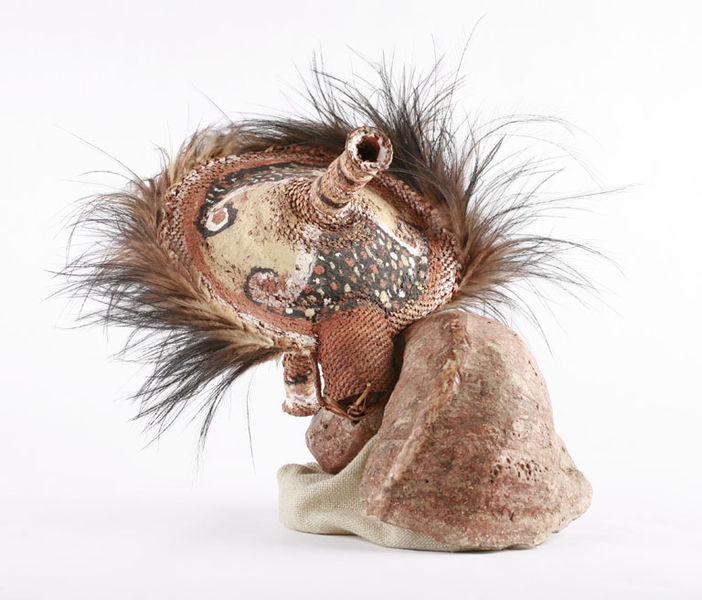12 July. David becomes the king’s son-in-law
“Saul said to David, ‘Here is my older daughter Merab. I will let you marry her. All I ask is that you remain brave and fight the LORD’s battles.’ Saul thought, ‘I won’t have to kill David. The Philistines will do that.’”
“But David answered Saul, saying, ‘Who am I? My family is not important enough for me to become the king’s son-in-law.’ So, when the time came for Saul’s daughter Merab to marry David, Saul gave her instead to Adriel of Meholah.”
“Now Saul’s other daughter, Michal, loved David. When they told Saul, he was pleased. He thought, ‘I will let her marry David. Then she will be a trap for him, and the Philistines will defeat him.’ So Saul said to David a second time, ‘you may become my son-in-law.’”
“And Saul ordered his servants to talk with David in private and say, ‘Look, the king likes you. His servants love you. You should be his son-in-law.’ Saul’s servants said these words to David, but David answered, ‘Do you think it is easy to become the king’s son-in-law? I am poor and unimportant.’”
“When Saul’s servants told him what David had said, Saul said, ‘Tell David, “The king doesn’t want money for the bride. All he wants is 100 Philistine foreskins to get even with his enemies.”’ Saul planned to let the Philistines kill David.”
“When Saul’s servants told this to David, he was pleased to become the king’s son-in-law. So he and his men went out and killed 200 Philistines. David brought all their foreskins to Saul so he could be the king’s son-in-law. Then Saul gave him his daughter Michal for his wife.”
“Saul saw that the LORD was with David and that his daughter Michal loved David. So he grew even more afraid of David, and he was David’s enemy all his life.”
(1 Samuel 18:17-29)

Did you spot the two different versions of the same story in today’s reading?
In the first version, Saul plots to get rid of David by marrying him to his daughter Merab – on condition that he continues to fight in the front line (where he is likely to be killed by the Philistines) (see 1 Samuel 18:17-19).
In the second version, Saul decides to get rid of David by marrying him to his daughter Michal – on condition that David kills at least 100 Philistines (and probably gets killed in battle in the process) (see 1 Samuel 18:20-25).
This is another example of two early (but slightly different) traditions – the Israelite version and the Judahite version – being merged together into one continuous narrative in the Hebrew Bible. The presenters of the different oral traditions couldn’t decide which daughter Saul had used to plot David’s death; so both versions of the story of the ‘bride price’ were included in the final text.
Whichever of these two traditions was the most reliable, there’s no doubt that Saul used this well-established method of sending a rival into battle in his attempt to rid himself of David. David evidently remembered the incident well as, later in his career, he used exactly the same tactic to dispose of Uriah the Hittite – with whose wife, Bathsheba, he was having an affair (see 2 Samuel 11:1-17).
The traditional custom of agreeing a ‘bride price’ before the marriage of a young woman has been widespread in many cultures over several millennia (and was used by Jacob’s uncle Laban to trick him into marrying both Leah and Rachel – see Genesis 29:16-30).
The photo shows a feathered shell and basketry Papuan bride price basket from the early 20th century (in the collection of The Children's Museum of Indianapolis).
You can read more about David’s encounters with his jealous employer @ https://www.thebiblejourney.org/biblejourney2/30-israel-becomes-a-kingdom-under-saul-and-david/saul-becomes-jealous-of-david/
